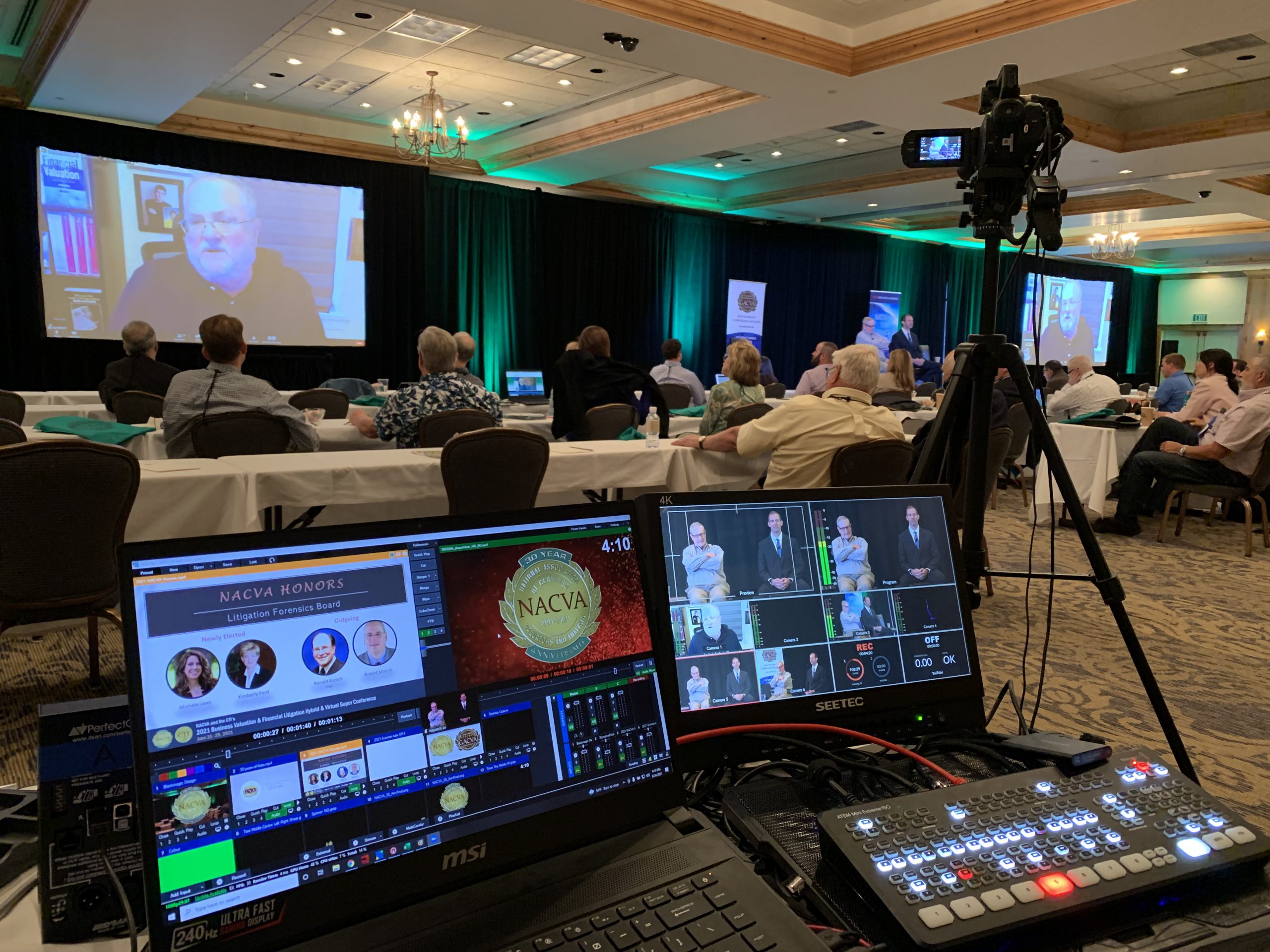Illuminating the Influence of Illumination Techniques on the Art of Video Projections Mapping Techniques
Illuminating the Influence of Illumination Techniques on the Art of Video Projections Mapping Techniques
Blog Article
Video projection projection is an innovative art medium that combines tech and innovation to transform common surfaces into remarkable visual exhibits. This technique entails projecting graphics and videos onto three-dimensional objects, such as structures, sculptures, or platforms. One of the most crucial factors in producing successful mapping is the use of efficient lighting techniques. Proper lighting improves the visual components of the projection and guarantees that the images are crisp and captivating. This article examines the influence of illumination techniques on motion projection and how they can elevate the complete experience.
Illumination plays a crucial part in motion mapping because it sets the mood and tone of the display. Different illumination methods can elicit various emotions and responses from the viewers. For example, using gentle, warm lights can create a inviting atmosphere, while vivid, cold lights may produce a more energetic or dramatic effect. By thoughtfully choosing illumination hues and brightness, artists can manipulate how viewers interpret the projected images, leading to a more immersive experience. The equilibrium between projection brightness and ambient light is essential, as it can significantly impact the clarity and effect of the visuals.
In addition, color and intensity, the direction of light also influences the effectiveness of projection. Lighting from different angles can create contrast and accents that add depth to the projected images. This technique, known as chiaroscuro, can enhance the three-dimensionality of the objects being mapped. Furthermore, using moving lights can add energy to the exhibit, making the encounter more involving for the viewers. When the illumination collides with the mapped images, it can produce an illusion of movement and transformation, capturing the viewers' attention.
Another essential aspect of lighting in projection in the use of special effects. Methods such as patterned lighting, which employs patterns and shapes to filter light, can add texture and complexity to the projections. This approach enables creators to layer images and create aesthetically captivating results that enhance the projection. Moreover, adding laser lights or light-emitting diode illumination can further improve the display, providing a distinct mix of sight components that attract the viewers in. These unique features, when used carefully, can elevate the projection into a simple display to an immersive work of art.
In summary, the influence of lighting methods on motion mapping is significant. By understanding how various lighting elements interact with projected visuals, creators can produce captivating encounters that resonate with audience. projection mapping for theme parks The thoughtful choosing of color, intensity, direction, and unique features enables for a rich tapestry of visual storytelling. As tech continues to evolve, the possibilities for creative expression in projection will only grow, making illumination an increasingly vital this hyperlink aspect in this progressive creative medium.